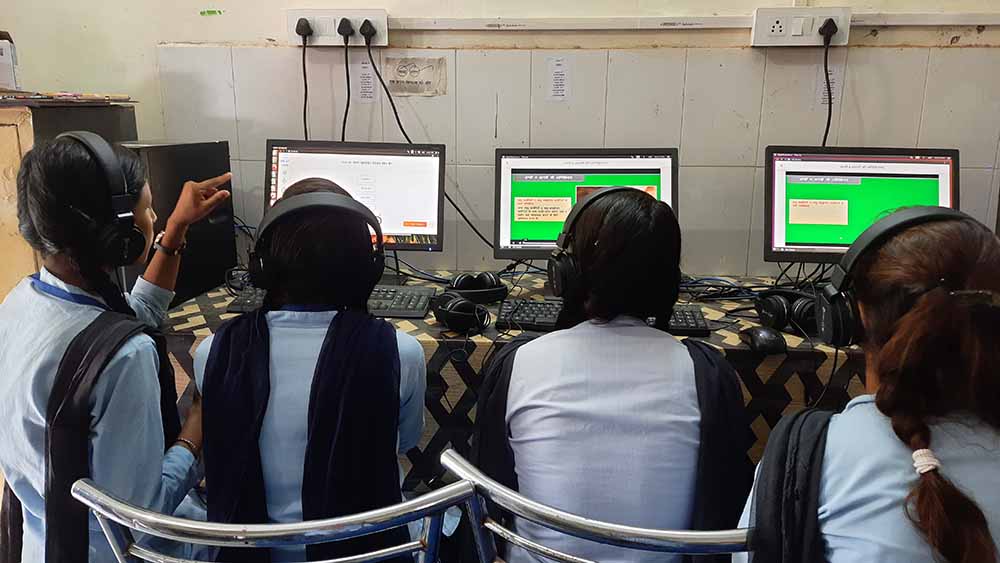Reliance Foundation, Observer Research Foundation, and the United Nations India Office have published a compilation of 17 great examples of work in India on each of the 17 Sustainable Development Goals (SDGs) - Ideas, Innovation, Implementation: India’s Journey Towards the SDGs. The United Nations in September held its General Assembly. One of the key discussions was around the Sustainable Development Goals (2015-2030) and the countries are looking at how they have performed in their halfway mark for these goals. Implementing these ideas could hasten our journey to the SDGs, and provide a strong foundation on which a post-2030 agenda might build further.

Mission Buniyaad: A Step Towards Peaceful and Inclusive Institutions | SDG 16
Mission Buniyaad uses technology to improve learning outcomes and build stronger institutions. It aims to bridge the learning gap, especially for girls from underserved communities, thereby helping create a more just and peaceful society.
Research has shown that girls who complete higher secondary education and earn an income are less likely experience violence from their intimate partners. Additionally, their risks of child marriage and teen pregnancy are reduced. Therefore, by prioritising the completion of secondary education for girls, the programme actively contributes to the long-term goal of fostering a more peaceful society.
Overview
Mission Buniyaad, a digital education programme by the Rajasthan government in collaboration with GDi Partners, works to improve the learning outcomes of girl students in the secondary grades through the use of a personalised adaptive learning (PAL) digital learning model. The programme aims to improve the learning outcomes of one million girl students enrolled in public schools across the state through its gendered approach to programme design.
Approach and Early Challenges
A number of critical parameters were addressed to strengthen the state’s educational institutions for digital learning. This included improving the state’s digital infrastructure to support widespread digital learning. The programme also emphasised enhancing the institutional capacity to manage and oversee digital education initiatives effectively. Moreover, efforts were made to promote the adoption of digital education methods, ensuring that educators and students were adequately prepared for the transition. This encompassed the provision of digital tools and resources and training and support for educators to integrate digital technology into teaching effectively.
A key facet of the initiative involved preparing and curating e-learning content and curricula that align with education goals, ensuring that the educational materials were suited for digital delivery methods. This comprehensive approach aimed to strengthen the state’s education system in the context of digital education, fostering a more resilient and adaptable learning environment.
Implementation, Innovation, Impact
Missing gaps in Rajasthan’s education system were identified through rigorous assessments, based on which a pilot was created. The main idea behind the pilot on tablets was to test the impact of PAL on learning outcomes over a short period. Given the pilot’s success (a 21-per cent increase in learning outcomes), the focus shifted to more districts in the state by leveraging existing ICT infrastructure.
Mission Buniyaad highlights that technology can be used to ensure responsive, inclusive, participatory, and representative decision-making at all levels. As this scaling-up phase progresses, it not only benefits the local educational landscape but also serves as a guide to other Indian states and even other developing countries. The programme’s success can be a blueprint and inspiration for similar initiatives, shedding light on addressing educational challenges and promoting equitable learning outcomes in diverse contexts.
To read further, download the book now: https://reliancefoundation.org/sdgs_publication